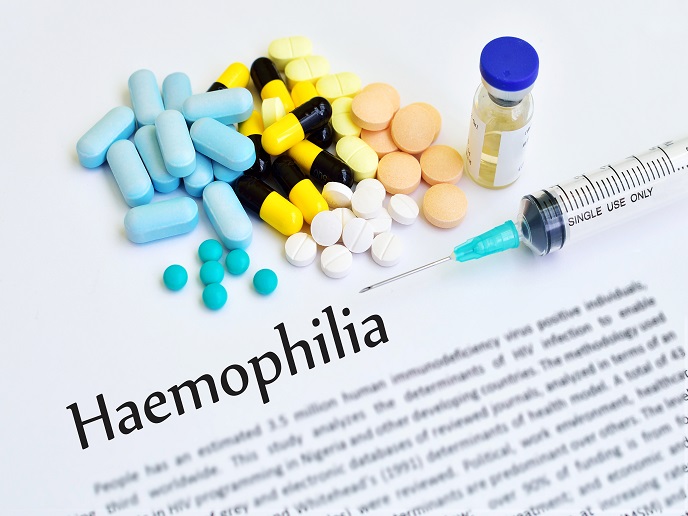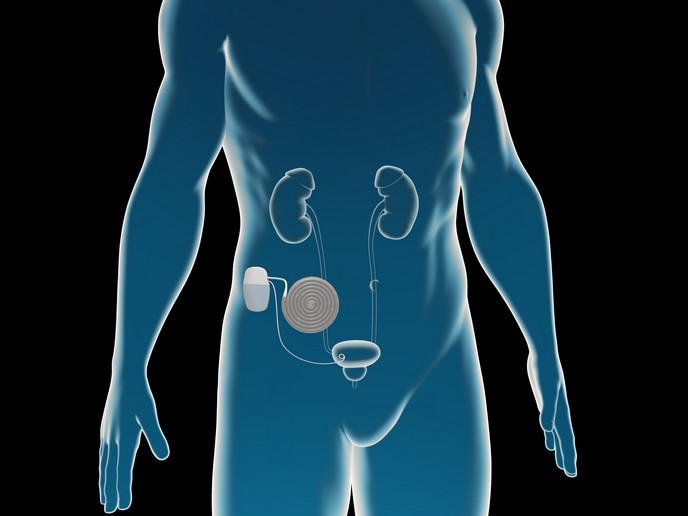Curative cell-based therapy for haemophilia A
People with haemophilia A are deficient in clotting factor VIII (FVIII), which causes increased bleeding. Sometimes life-threatening, damage to joints is also possible when haemorrhages are left untreated. HemAcure(opens in new window) aimed to develop a novel cure that involves replacing the missing blood clotting factor through gene therapy. For this, demonstrating product performance and developing a manufacturing process in line with good manufacturing practice (GMP) standards was critical. “There were two main objectives,” outlines research coordinator Dr Joris Braspenning and Dr Anne von Thun, EU liaison officer at University Hospital Würzburg, the project coordinator – “to provide preclinical data demonstrating proof of concept for a curative cell and gene therapy for haemophilia A, and development of a GMP-compliant manufacturing process.” Cell Pouch™ – functional clotting factors produced Healthy blood outgrowth endothelial cells (BOECs) normally produce clotting FVIII. For patients with haemophilia A, the long intricate road to production of fully operational clotting factor starts with isolation of these blood cells. The required gene is then inserted to produce the missing or non-functional clotting factor. As Dr Braspenning emphasises, “the cells are then expanded in a scaleable bioreactor. Without this, we wouldn’t have the required number of cells to achieve therapeutic relevant levels of FVIII. ” The expanded cells are then transplanted into a novel device developed by the life science company, Sernova, the Cell Pouch™. “As the pouch connects with the patient’s bloodstream, there is continuous release of fully functioning FVIII for blood clotting,” he explains. Safety and quality assured The whole procedure has been tested according to current GMP regulations to ensure that the advanced therapy medicinal product complies with the requirements of the European authorities. After large scale expansion, researchers analysed the cells to assure their safety in several cell-based assays. The genetically corrected cells were also tested for their efficiency in producing FVIII. Using the haemophilia A-mouse model, levels of FVIII from the transplanted BOECs were measured in the bloodstream of the mice over several weeks. Immunofluorescence data confirmed that the pouch tissue had blood vessels. Barriers broken and challenges met Production of enough cells for the necessary tests provided several technical challenges. The Bioreactor Cell Culture System bioreactor has special ‘rings’ for cultivation of the cells that stick to the growth area. Endothelial cells such as BOECs require a matrix to grow upon, generally collagen. Without this coating, cells in general grow slowly or even stop growing altogether. Although conditions could be identified to enable the cells to attach and initiate cell growth, the expanded cells could not be detached from the matrix-coated rings efficiently. This impeded the application of the bioreactor for large-scale cell expansion. “The solution was to generate enough cells to perform our studies, so we then applied standard manual cell culture techniques,” explains Dr Braspenning. The future for gene therapy and regenerative therapy Consortium members are considering applying for additional national and EU-funding to complete the necessary pre-clinical safety and efficacy data. The goal is to initiate human clinical trials in future related projects. Sernova(opens in new window) is developing the Cell Pouch™ technology for commercialisation with therapeutic cells in multiple indications. Extending the scope of the Cell Pouch™ platform, the device could be used to treat other diseases where protein factors are missing, such as diabetes and thyroid disease.







